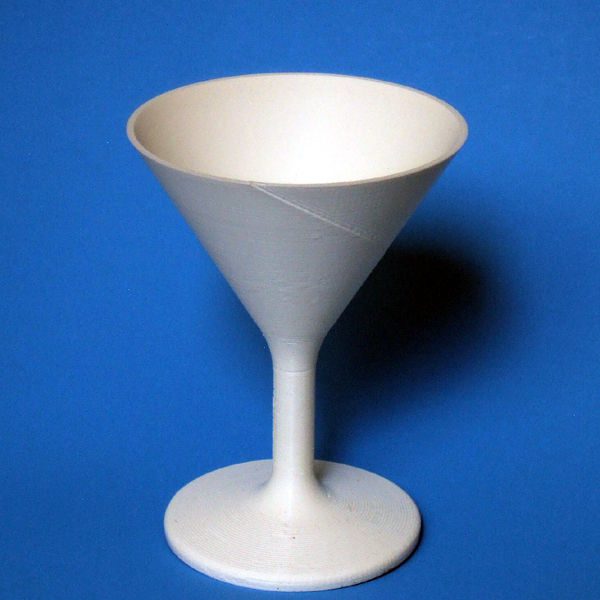A new Instructables post from user mikey77 shows how you can adjust your 3D printing slicer settings to make watertight and airtight containers, cups, tanks, and more.
There are tons of useful and unique objects that you can create with your desktop 3D printer, but there are certain factors that prevent makers from properly producing food-safe and watertight items. Generally speaking, the layering of FDM prints lead to micro spaces that allow bacteria to build up, water to leak, and air to seep out.
But a new Instructables post from user mikey77 claims that with just a few tweaks to your 3D printing slicer settings, you can 3D print containers, cups, and tanks that are watertight and airtight. The concept is simple. All you need to do adjust your slicer to prompt over-extrusion of your filament.
That’s it? Well, pretty much. You’ll have to manually change a number of slicer settings, and, if you’re planning to print something for the kitchen, make sure you’re using a food-safe filament, a clean extruder, and the right nozzle.
Let’s take a closer look at the maker’s methodology, slicer settings, and impressive results.

3D Printed Watertight and Airtight Containers: How to Make it
Aside from your 3D printer, all you’ll need here is a reliable slicing software and PLA filament, preferably one that is considered to be food-safe.
To achieve over-extrusion, you’ll need to slow down your print speed and increase the extrusion multiplier. By doing so, the extrusion will be wider and overlap side by side layers. There are a number of slicer settings you’ll need to adjust, and thankfully, mikey77 shares all of the specifics on his Instructables post. He uses the MatterControl slicer in his example, but the settings should be able to transcend into any slicing software.
These setting adjustments will lead to 3D prints that are more solid, making it easier to clean and keep bacteria out. The maker claims that storing and measuring dry food should be fine with most types of PLA. But when it comes to holding liquid, you’ll want to use a filament that doesn’t have additives and is rated food-safe.

You’ll also want to utilize a clean extruder for all food-safe 3D prints. This is because previously used filaments can leave residue in the extruder, and could end up being infused into your food-safe filament.
Lastly, to be on the safe side, you should also use stainless steel or another lead-free nozzle to print food-safe items, rather than the commonly used brass nozzle. Some brass nozzles are alloys that include lead, which could seep out and come in contact with food.
Mikey77 also claims that his slicer settings could also be used to produce airtight objects like air pressure tanks and artificial muscles. In his Instructables post, he also includes STL files for a glass and beaker, allowing you to experiment with this innovative concept.

Website: LINK

